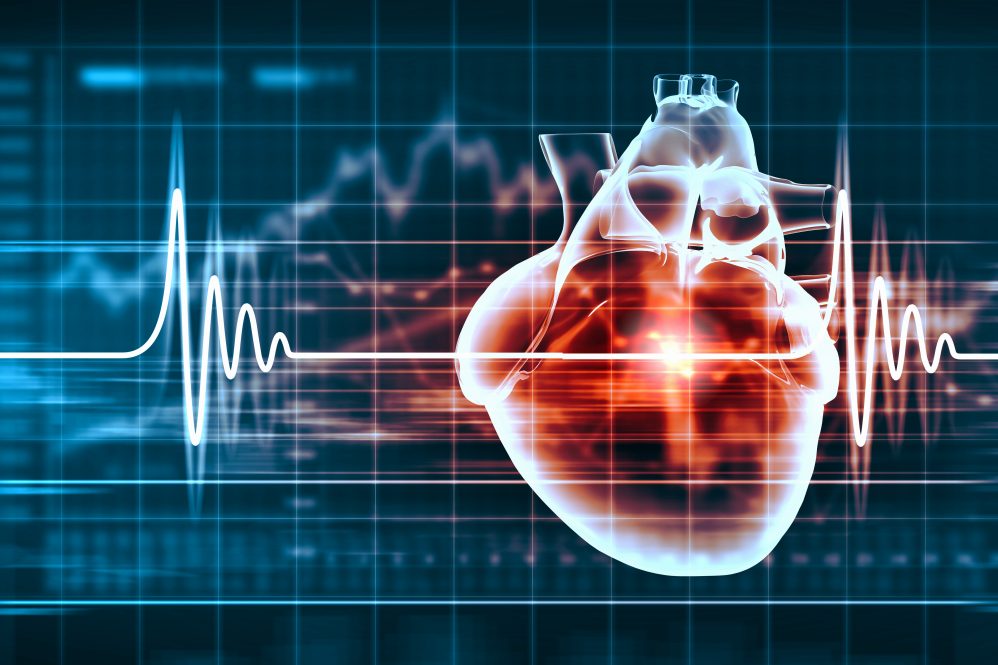Macrophages travel through our arteries, gobbling fat the way Pac-man gobbled ghosts. But fat-filled macrophages can narrow blood vessels and cause heart disease. Now, UConn School of Medicine researchers describe in the March 28 issue of Nature Cardiovascular Research how deleting a protein could prevent this and potentially prevent heart attacks and strokes in humans.
Macrophages are large white blood cells that cruise through our body as a kind of clean-up crew, clearing hazardous debris. But in people with atherosclerosis—fatty deposits and inflammation in their blood vessels— macrophages can cause trouble. They eat excess fat inside artery walls, but that fat causes them to become foamy. And foamy macrophages tend to encourage inflammation in the arteries and sometimes bust apart plaques, freeing clots that can cause heart attack, stroke or embolisms elsewhere in the body.
Changing how macrophages express a certain protein could prevent that kind of bad behavior, reports a team of researchers from UConn School of Medicine. They found that the protein, called TRPM2, is activated by inflammation. It signals macrophages to start eating fat. Since inflammation of the blood vessels is one of the primary causes of atherosclerosis, TRPM2 gets activated quite a bit. All that TRPM2 activation pushes macrophage activity, which leads to more foamy macrophages and potentially more inflamed arteries.
The way that TRPM2 activated macrophage activity was surprising, says Lixia Yue, a UConn School of Medicine cell biologist.
“They form a vicious cycle promoting the development of atherosclerosis,” Yue says.
Yue and Pengyu Zong, a graduate student and the first author of the paper, demonstrated one way to stop the cycle, at least in mice. They deleted TRPM2 from a type of lab mouse that tends to get atherosclerosis. Deleting that protein didn’t seem to hurt the mice, and it prevented the macrophages from getting foamy. It also alleviated the animals’ atherosclerosis.
Now Yue and Pengyu Zong, and the rest of the team are looking at whether increased TRPM2 expression in monocytes (precursors of macrophages) in the blood correlates with severity of cardiovascular disease in humans. If they find that there is a correlation, high levels of TRPM2 might be a risk marker for heart attack and stroke. Heart disease, the leading cause of death in the United States, claims nearly 700,000 lives a year.
This research was funded by grants from the American Heart Association and the National Institutes of Health National Heart, Lung and Blood Institute.



